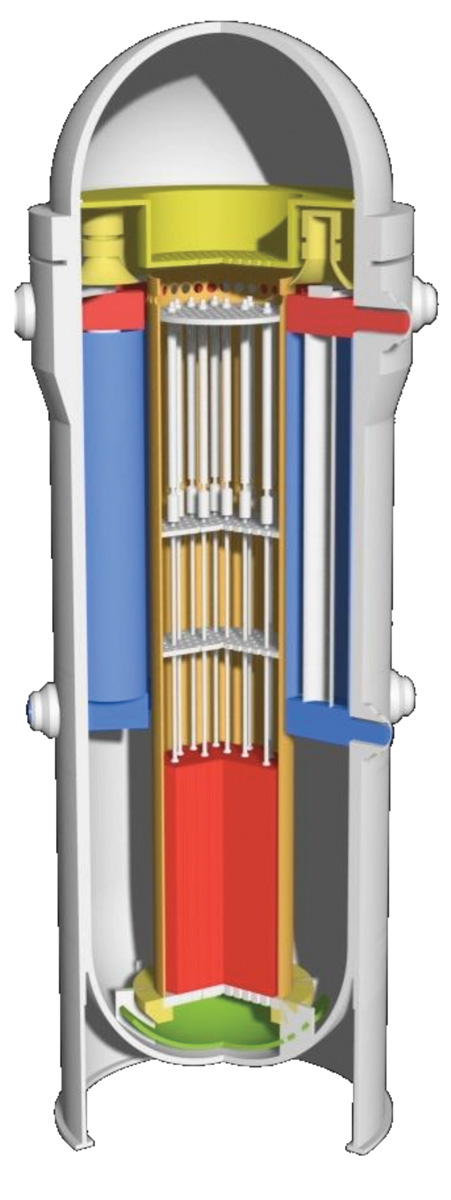The Fort Calhoun Nuclear Generating Station is located between Fort Calhoun and Blair, Nebraska near the Missouri River. There is one four hundred and eighty four megawatt Combustion Engineering pressurized water reactor at the plant. The reactor began operation in 1973 with a forty year license which expired in 2003. At that time, the plant was relicensed until 2033. The plant is owned by the Omaha Public Power District and currently operated by Exelon Nuclear Partners. It has been shut down since April of 2011 because of serious problems.
The population in the NRC plume exposure pathway zone with a radius of ten miles around the plant contains about twenty thousand seven hundred people. The NRC ingestion pathway zone with a radius of fifty miles around the plant contains about nine hundred and nine thousand people. The NRC estimates that there is a low risk of an earthquake that could damage the plant.
In 2009, a flood threat assessment by the NRC concluded that the plant could not handle a flood that 1014 feet above sea level as mandated by NRC regulation. In 2010, a key electrical part failed during a test at the plant. Also in 2010, serious concerns were raised about the ability of the plant to deal with flooding of the nearby Missouri River. The NRC said that that the plant “did not have adequate procedures to protect the intake structure and auxiliary building against external flooding events” and that the plant was not prepared for a “worst-case flooding scenario.” Vulnerabilities to potential floods were identified and changes were made by the plant owners.
In April of 2011, the reactor was shut down for routine refueling. However, a number of problems had been identified at the plant including the use of Teflon for cable insulation which tends to break down in high radiation environments. Structural problems were identified when inspections were made in preparation for installing extra equipment to boost power output.
On June 7th, 2011, there was a fire in an electrical switch room at the plant that briefly knocked out power to the cooling system for the spent fuel pool. Power was restored in ninety minutes. A backup generator was ready to take over supplying power to the cooling pumps if necessary but the main system was repaired and the backup pump was not used. It turned out that a breaker had failed that had been replaced eighteen months earlier.
In late June of 2011, the Missouri River flooded and area remained flooded for weeks. Sandbags and berms were placed around the plant as a precaution and, although the flood waters surrounded the plant, the reactor itself was not flooded. A berm collapsed and external power was shut off but emergency generators supplied power to the cooling system. A no fly zone was put in place for the air space above the plant and there were wild rumors of a major disaster but no nuclear accident was caused by the floor. There was widespread damage to the area that did require extensive repairs.
The plant has remained closed since the refueling shut down in April 2011 for repairs related to the flooding in 2011 and for repairs and work on a number of other problems at the plant. A 2013 report stated that the NRC had added to the checklist of problems that must be solved before the plant can be restarted. Electrical rates have already risen in the area to help pay for the necessary repairs.

